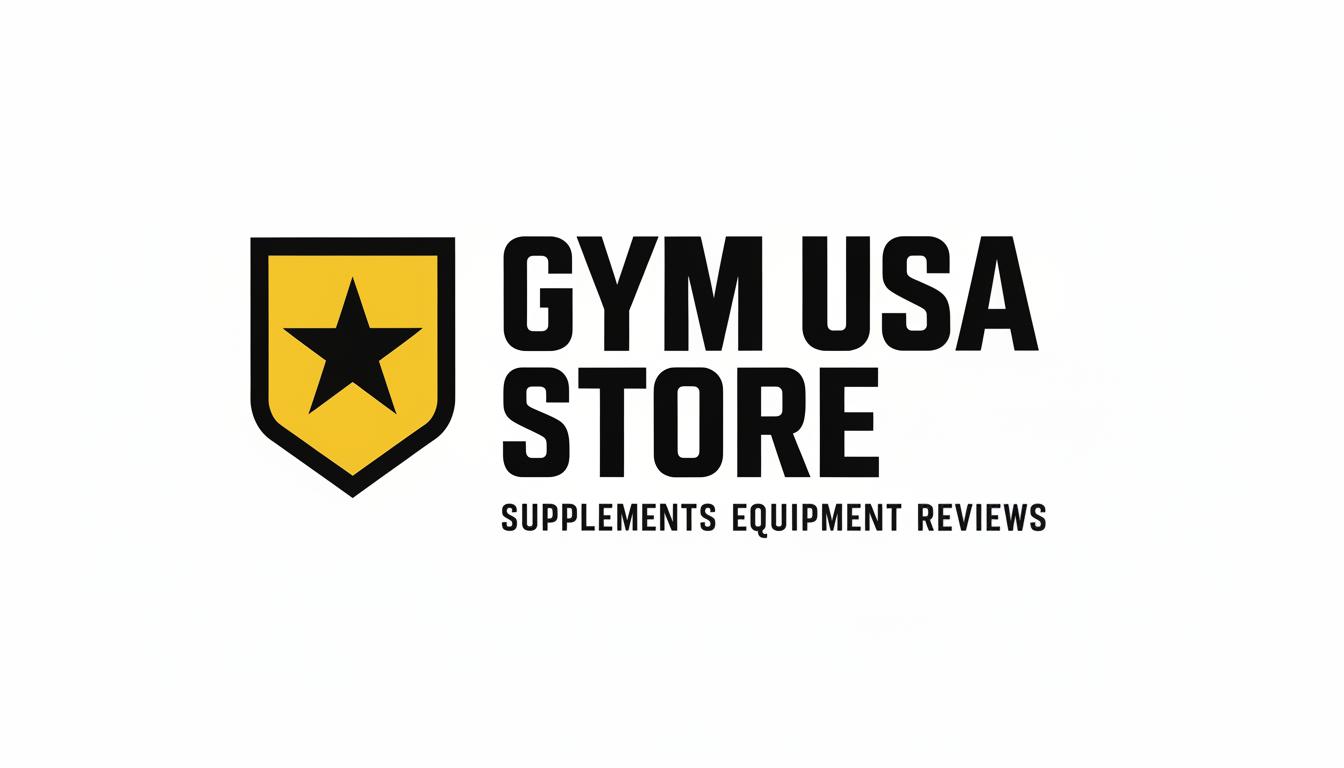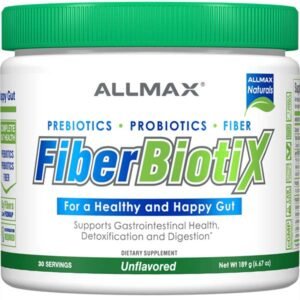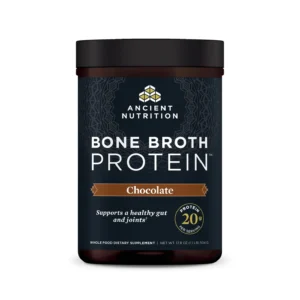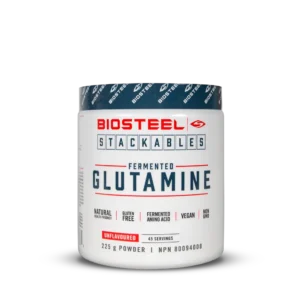Supplement reviews bodybuilding products for sale. The world of bodybuilding and fitness is a journey of discipline, dedication, and constant pursuit of improvement. You’ve mastered your training regimen, you’re dialing in your nutrition, and now you’re looking for that extra edge—the supplements that can help you push through a plateau, accelerate recovery, or finally pack on that stubborn muscle. But a quick online search for “best bodybuilding supplements” reveals a dizzying array of options: brightly colored tubs, bold claims, and a cacophony of conflicting opinions. How do you separate fact from marketing fiction? Where can you find trustworthy, comprehensive information to guide your hard-earned money?
This article is your definitive guide. We will not simply list products for sale; instead, we will equip you with the intellectual framework to become your own most informed critic. We will explore the science behind the most proven supplement categories, deconstruct the anatomy of a reliable review, and point you to the best sources of information in the industry. Consider this your roadmap to navigating the supplement landscape with confidence and clarity.
Laying the Foundation – The Non-Negotiables Before You Supplement
Before we discuss a single powder or pill, it is critical to establish this foundational principle: Supplements are meant to supplement an already solid foundation of training and nutrition, not replace it.
No amount of the most advanced creatine or whey protein will compensate for a poor diet, inconsistent training, or inadequate sleep. The vast majority of your results—likely 80-90%—will come from these pillars. Supplements fill in the small, specific gaps. Therefore, your first investment should be in knowledge about the basics. Ensure your diet is rich in whole foods, providing sufficient protein, complex carbohydrates, and healthy fats. Your training program should be structured, progressive, and aligned with your goals (hypertrophy, strength, endurance). Prioritize 7-9 hours of quality sleep per night, as this is when muscle repair and growth hormone production peak.
Once these elements are firmly in place, you can strategically introduce supplements to enhance your efforts.
see also: workout supplements for sale – a buyers guide

The Supplement Hierarchy – A Scientific Approach to What Actually Works
The market is flooded with products, but only a handful have a robust body of scientific evidence supporting their efficacy. Let’s break down the most well-researched categories, moving from the essential fundamentals to more specialized additions.
Tier 1: The Foundational Essentials
These are the workhorses of the supplement world, with decades of research backing their safety and effectiveness. For most individuals, this is where 90% of your supplement budget should be allocated.
- Whey Protein:
- What it is: A fast-digesting protein derived from milk. It is a complete protein, meaning it contains all nine essential amino acids, and is particularly high in Branched-Chain Amino Acids (BCAAs), especially leucine, which is a key trigger for muscle protein synthesis (MPS).
- Primary Benefits: Conveniently helps you hit your daily protein targets, crucial for muscle repair and growth. Ideal for post-workout nutrition due to its rapid absorption.
- What to Look For: “Whey Protein Isolate” (WPI) is purer (90%+ protein) and lower in fat/lactose than “Whey Protein Concentrate” (WPC). A “Blend” can offer a good balance of fast-acting protein and sustained release. Check the label for high protein content per serving and minimal fillers.
- Creatine Monohydrate:
- What it is: A naturally occurring compound in muscle cells that helps produce energy during high-intensity, short-duration activities like weightlifting and sprinting.
- Primary Benefits: Increases strength and power output, allowing you to lift heavier or perform more reps. Promotes muscle volumization by pulling water into muscle cells. It is one of the most extensively studied supplements in history, with a proven safety profile.
- What to Look For: Creatine Monohydrate. Don’t be swayed by fancy (and expensive) claims about “creatine ethyl ester” or “buffered creatine.” Simple, micronized creatine monohydrate is the gold standard for efficacy and value. A loading phase is optional; a consistent 5-gram daily dose is sufficient.
Tier 2: The Performance Enhancers
These supplements provide a tangible boost to your training performance and recovery.
- Beta-Alanine:
- What it is: An amino acid that combines with histidine to form carnosine, a compound that buffers acid in muscles.
- Primary Benefits: Reduces muscle fatigue and increases muscular endurance, particularly during sets of 60-240 seconds. This allows you to complete more volume in your workouts, leading to greater long-term growth.
- What to Look For: A common side effect is paresthesia—a harmless tingling sensation on the skin. This can be mitigated by taking smaller doses spread throughout the day or using sustained-release formulations.
- Caffeine:
- What it is: A well-known central nervous system stimulant.
- Primary Benefits: Significantly increases energy, focus, and alertness. It reduces perceived exertion, meaning your heavy sets feel lighter. It also can enhance fat oxidation (fat burning).
- What to Look For: Can be consumed as coffee, but pre-workout supplements often contain a standardized dose (150-300mg) for a predictable effect. Be mindful of timing; taking it too late can disrupt sleep.
Tier 3: The Recovery & Health Supports
These supplements address broader aspects of health that indirectly but powerfully impact your fitness goals.
- Omega-3 Fatty Acids (Fish Oil):
- What it is: Essential fats, specifically EPA and DHA, found in fatty fish.
- Primary Benefits: Powerful anti-inflammatory effects that can aid joint health and muscle recovery. Supports cardiovascular health, brain function, and insulin sensitivity.
- What to Look For: A supplement that provides a combined 1-3 grams of EPA and DHA per day. Check the label, as many capsules have low concentrations, requiring you to take several.
- Vitamin D3:
- What it is: A fat-soluble vitamin that functions like a hormone in the body.
- Primary Benefits: Crucial for bone health, immune function, and testosterone production. Many people, especially those in less sunny climates, are deficient. Adequate levels are associated with improved muscle strength.
- What to Look For: Vitamin D3 (cholecalciferol) is the preferred form over D2. A daily dose of 2000-5000 IU is common for maintaining optimal levels, but it’s best to get your levels tested by a doctor.
Related Products
-
Allmax Nutrition FiberBiotix
Original price was: $24.99.$18.99Current price is: $18.99. -
BioSteel Fermented Glutamine
$11.00
Deconstructing a Review – How to Spot Truth in a Sea of Hype
Now that you know what to look for, the critical question is how to evaluate the information you find. A five-star rating on an e-commerce site is not a comprehensive review. Here’s what a truly informative review should include.
1. The Source’s Credibility: Who is Behind the Review?
- Qualifications: Is the reviewer a certified sports nutritionist, a dietitian, or someone with a relevant scientific background? While not always necessary, it adds weight.
- Transparency: Does the reviewer disclose potential conflicts of interest? Are they affiliated with the brand? Do they use affiliate links? Transparency is a hallmark of integrity.
- Track Record: Does the source have a history of providing balanced, evidence-based information? Or do they routinely hype every new “miracle” product?
2. The “Why” Behind the Rating: Beyond the Star Score
A good review goes far beyond “tastes great” or “saw gains.”
- Ingredient Breakdown: Does the review analyze the supplement facts panel? It should critique the proprietary blend (a red flag that hides individual ingredient doses), the presence of evidence-backed ingredients, and the absence of useless fillers.
- Dosage Analysis: Are the key ingredients dosed effectively? For example, a pre-workout with 1 gram of citrulline malate is under-dosed and ineffective. A good review will call this out.
- Context and Anecdote: The reviewer should separate their personal experience (e.g., “I felt a great pump”) from the objective facts about the formula. They should state their training style, diet, and other supplements they use to provide context for their results.
3. The Consensus: Aggregating Multiple Viewpoints
Never rely on a single source. A reliable picture emerges from a consensus of multiple independent voices.
- Look for Patterns: If ten credible reviewers all point out that a product has a weak stimulant effect or contains a poorly dosed ingredient, it’s likely a valid criticism.
- Diverse Perspectives: Seek out reviews from different types of athletes—powerlifters, bodybuilders, CrossFit enthusiasts—as their needs and responses may vary.
Your Go-To Sources for Comprehensive Supplement Information
Here are the types of platforms and specific examples where you can find the high-quality, in-depth reviews we’ve described.
1. Independent Third-Party Testing and Analysis Websites
This is the gold standard for objective information. These sites are not sellers; they are informational resources dedicated to analyzing supplements based on science.
- Examine.com: This is, without a doubt, the most valuable resource for any supplement consumer. It is an independent encyclopedia of supplement research. You can search for any ingredient (e.g., “Ashwagandha”) and get a detailed, unbiased summary of the human effect matrix, dosage, and scientific evidence behind every claim. It is an indispensable tool for verifying marketing hype.
- ConsumerLab.com: This site independently tests supplements for purity, ingredient accuracy, and contaminants. They verify that what’s on the label is actually in the bottle—a significant issue in the unregulated supplement industry. While it requires a subscription, it is a small price to pay for assurance of quality and safety.

2. Evidence-Based Fitness Personalities and Channels
Many coaches and content creators have built reputations on providing science-backed information.
- YouTube Channels: Look for channels like Jeff Nippard (who blends science with practical bodybuilding), Renaissance Periodization (Dr. Mike Israetel and colleagues, offering deep dives on nutrition and supplementation), and House of Hypertrophy (in-depth analysis of studies). These creators often do full video reviews breaking down formulas ingredient-by-ingredient.
- Websits and Forums: While forums can be noisy, communities like Reddit’s r/Supplements or Bodybuilding.com’s forums can be useful for gathering a wide range of user experiences. The key is to read critically and look for users who provide detailed logs and evidence-based reasoning, not just hype.
3. Retailer Websites (Used Critically)
Sites like Bodybuilding.com, Amazon, and GNC have extensive customer review sections.
- How to Use Them Wisely: Don’t just look at the average star rating. Use tools like fakespot.com to analyze reviews for authenticity. Read the 3-star reviews—they are often the most balanced, pointing out both pros and cons. Look for reviews that discuss long-term use and specific effects, not just taste or shipping speed.
4. Scientific Databases (For the Advanced User)
If you really want to go to the source, you can explore databases like PubMed.gov. Here, you can search for clinical trials on specific ingredients. While reading scientific abstracts can be technical, it empowers you to see the evidence for yourself.
A Practical Checklist Before You Click “Add to Cart”
Armed with this knowledge, your purchasing process should look like this:
- Identify Your Goal: Is it muscle gain, fat loss, improved endurance, or better recovery? Your goal dictates the supplement category.
- Research the Ingredients: Go to Examine.com and research the key ingredients for your goal. Verify their efficacy and proper dosage.
- Find Potential Products: Based on your research, shortlist 2-3 products that contain properly dosed, evidence-based ingredients.
- Seek Out Reviews: Go to your trusted sources (evidence-based YouTube channels, Examine.com, etc.) and find detailed reviews on your shortlisted products.
- Analyze the Label Yourself: Before buying, look at the supplement facts. Avoid “proprietary blends.” Check for third-party testing seals (like NSF Certified for Sport or Informed-Choice) which verify purity and safety, especially important for competitive athletes.
- Compare and Contrast: Weigh the cost per serving against the quality of the formula. The cheapest option is not always the best value if it’s under-dosed.
- Purchase from a Reputable Retailer: Buy from established companies to avoid the risk of counterfeit products.
Empowering Your Journey
The supplement industry is a marketplace of both incredible opportunity and relentless hype. The path to success is not found in a secret, magical formula, but in the diligent application of foundational principles and strategic, informed choices.
By prioritizing nutrition, training, and recovery, understanding the tiered hierarchy of proven supplements, and, most importantly, learning how to critically assess information, you transform from a passive consumer into an empowered athlete. You are no longer at the mercy of marketing campaigns; you are a student of the science, capable of making decisions that will genuinely support your fitness journey.
Use the resources outlined here—especially the independent platforms like Examine.com—as your compass. Let evidence, not emotion, guide your purchases. Your body and your results deserve that level of scrutiny and care. Now, go forth and build intelligently.




